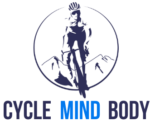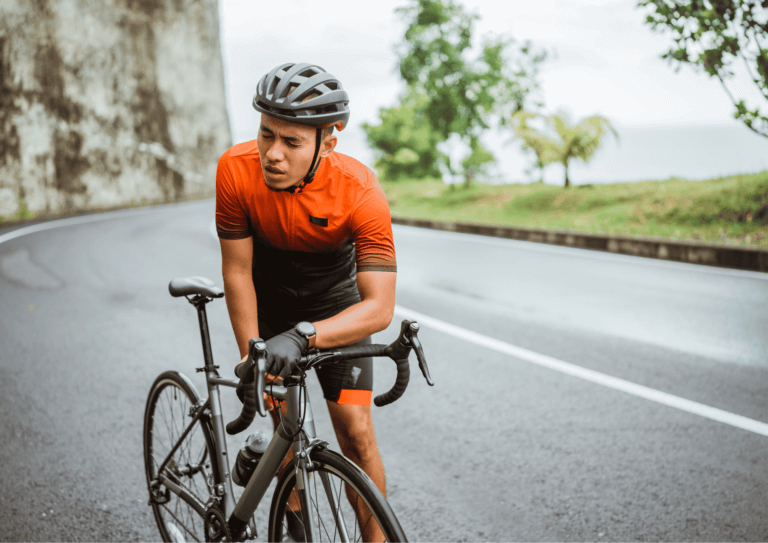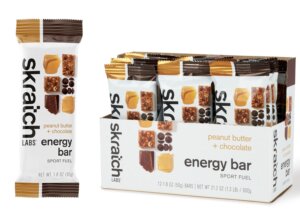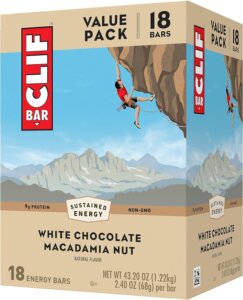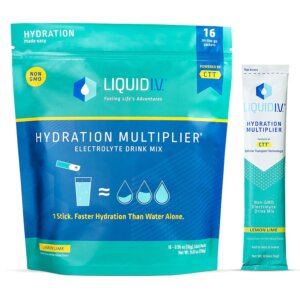Picture yourself on a long-distance cycling adventure, feeling the wind in your face and the thrill of conquering new territories. But suddenly, your energy crashes, and your legs turn to lead. You’ve hit the dreaded “bonk,” also known as hitting the wall.
In this blog post, we’ll delve into the science of bonking, explore training and fitness strategies, discuss nutrition for long-distance cycling, provide tips for strategic riding and equipment optimization, and offer mental strategies to help you avoid bonking and enjoy your rides to the fullest.
Understanding Bonking: The Science Behind It
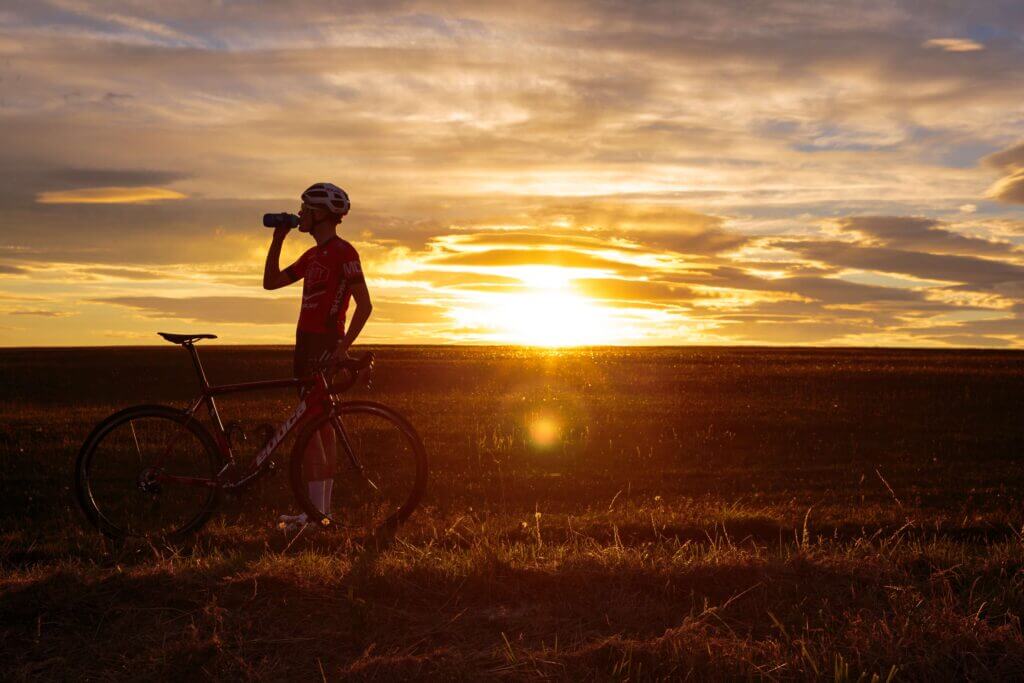
During exercise, particularly endurance activities like long-distance cycling, your body primarily relies on glycogen as its primary fuel source. Glycogen is a complex carbohydrate stored in your muscles and liver.
As you pedal, your muscles contract and demand energy to power your movements. To meet this demand, your body breaks down glycogen into glucose molecules, which are then converted into energy through a process called glycolysis.
Glycogen is stored in limited quantities, and its availability directly impacts your endurance and performance. As you ride, your body continuously taps into these glycogen stores to produce the energy required to sustain your efforts.
However, the rate at which glycogen is consumed depends on several factors, including the intensity and duration of your ride, your fitness level, and your individual metabolism.
When your glycogen stores become depleted, your body faces a critical challenge. It needs to find an alternative fuel source to sustain your cycling. To compensate for the dwindling glycogen supply, your body begins breaking down fat stores through a process called lipolysis.
Fat molecules are broken down into fatty acids, which are then converted into usable energy through a process known as beta-oxidation. While fat metabolism can provide a steady source of energy, it is a slower and less efficient process compared to using glycogen.
The conversion of fatty acids into usable energy requires more oxygen and takes longer to produce ATP (adenosine triphosphate), the body’s primary energy currency. This shift from glycogen to fat metabolism can lead to a notable decline in energy levels, reduced muscle power, and a feeling of fatigue and exhaustion.
The transition from glycogen to fat metabolism during endurance exercise is a gradual process. Initially, your body predominantly relies on glycogen to meet the energy demands.
However, as the duration of your ride increases and glycogen stores become depleted, fat metabolism becomes increasingly important. This is why bonking often occurs during long rides when glycogen reserves are exhausted, and the body is relying more on fat metabolism.
Additionally, the brain plays a crucial role in the onset of bonking. The brain relies heavily on glucose as its energy source and cannot directly utilize fatty acids. As your glycogen levels decline, the brain’s access to glucose becomes limited, which can result in mental fatigue, reduced concentration, and a decline in cognitive function.
Avoiding bonking involves properly managing your glycogen stores and optimizing your nutrition and pacing strategies. By understanding the science behind bonking, you can make informed decisions about your training, fueling, and ride management to minimize the risk and enjoy your long-distance cycling adventures with sustained energy and performance.
Building a Solid Foundation: Training and Fitness
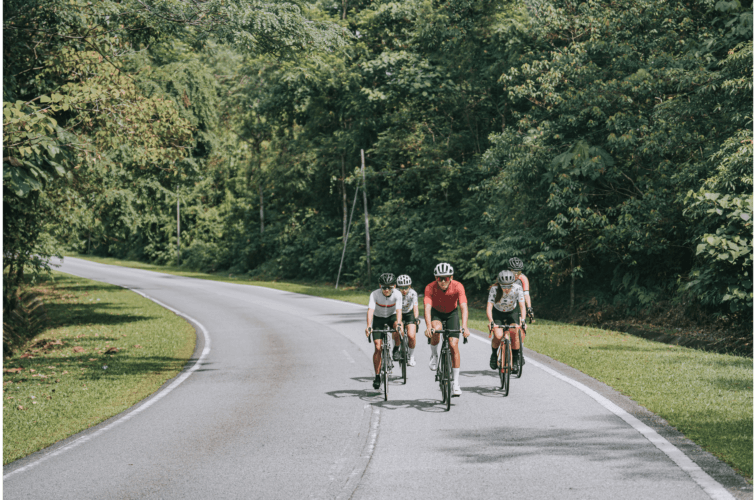
To avoid bonking, proper training and conditioning are paramount. Gradually increasing your mileage over time helps build your endurance and stamina. Starting with shorter rides and progressively increasing the distance allows your body to adapt and become accustomed to the increased demands of longer rides.
This gradual approach helps prevent excessive fatigue and reduces the risk of bonking during your cycling adventures. Additionally, integrating interval training sessions into your regimen can enhance your aerobic capacity and overall performance.
During high-intensity intervals, your muscles tap into your glycogen stores and develop a more efficient energy system. This training method helps improve your body’s ability to utilize stored glycogen and fat as fuel, ultimately reducing the likelihood of bonking.
Moreover, interval training also increases your lactate threshold, which is the point at which lactate begins to accumulate in your muscles. By raising your lactate threshold, you can sustain a higher intensity for a longer period before fatigue sets in.
It’s crucial to be aware that undertaking a long-distance cycling ride with a substantial jump in distance, without adequate training and gradual progression, significantly increases the risk of bonking.
The sudden and significant strain on your body’s energy systems can deplete glycogen stores faster and make it more challenging for your body to adapt and efficiently utilize energy, making bonking more likely to occur.
Fueling Your Ride: Nutrition for Long-Distance Cycling
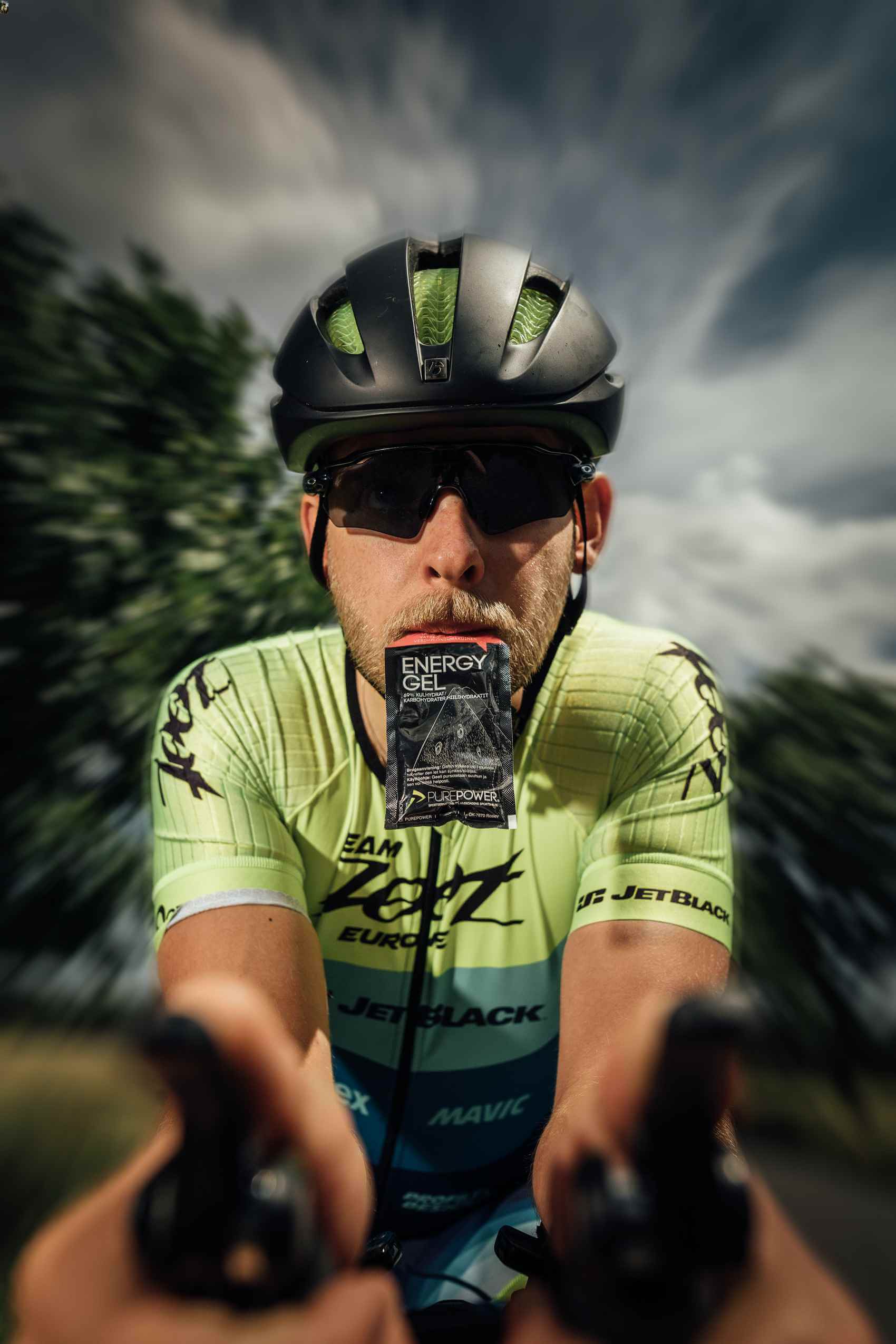
Proper nutrition is the key to avoiding bonking during long rides. Pre-ride nutrition plays a vital role in fueling your body for the journey ahead. Aim for a balanced meal that includes carbohydrates for immediate energy, protein to support muscle repair, and healthy fats for sustained energy release.
Good pre-ride options may include oatmeal with berries and nuts, a whole-grain sandwich with lean protein, or a smoothie with fruits and Greek yogurt. Ideally, you should eat your pre-ride meal at least one hour before you start cycling to allow for proper digestion.
During your ride, it’s crucial to replenish your energy stores to prevent bonking. Consume carbohydrates regularly, ideally every 45 minutes to an hour, depending on the intensity and duration of your ride.
Easily digestible options such as energy gels, sports drinks, bananas, or homemade energy bars are convenient choices.
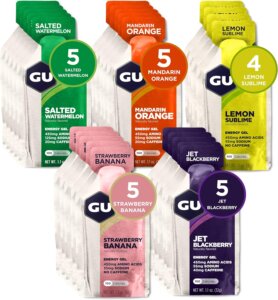
Stay hydrated by drinking water and consider incorporating electrolyte-rich beverages to replenish essential minerals lost through sweat. Electrolytes help maintain proper fluid balance and enhance muscle function, preventing fatigue and cramping.
After your ride, focus on post-ride recovery nutrition. A combination of carbohydrates and protein helps replenish glycogen stores and aids in muscle repair and growth.
Opt for a post-ride meal or snack that includes lean protein sources like chicken, fish, or plant-based alternatives, along with complex carbohydrates such as brown rice, quinoa, or sweet potatoes.
Including fruits and vegetables will provide essential vitamins and minerals to support your recovery. Consuming a post-ride meal within 30 to 60 minutes after cycling helps kickstart the recovery process.
Pace Yourself: Strategic Riding and Energy Management
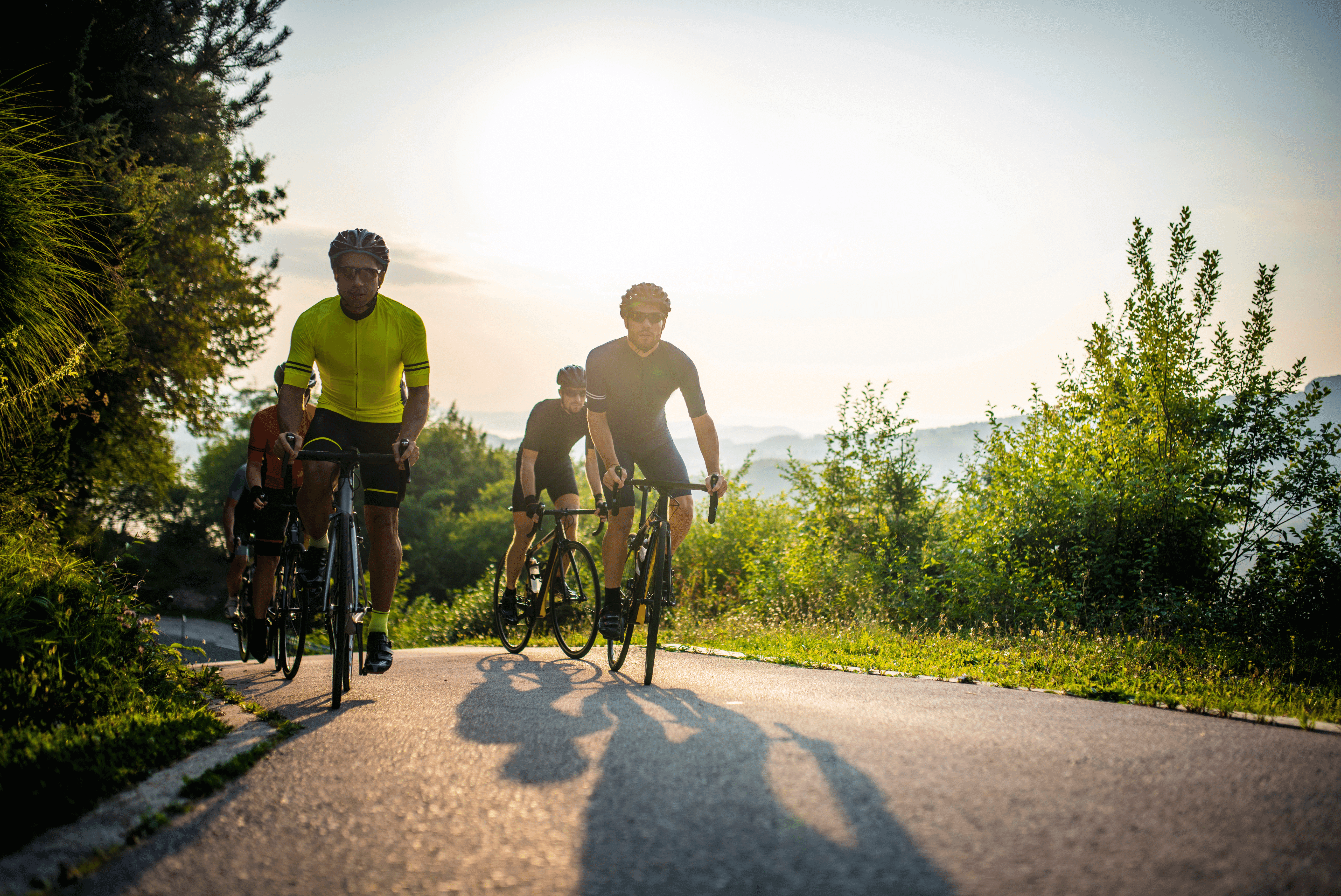
Maintaining a steady pace and managing your energy levels effectively is crucial to avoid bonking. Starting your long ride at an unsustainable pace can quickly deplete your glycogen stores, leaving you vulnerable to bonking later on.
Instead, begin with a comfortable pace that allows you to find a rhythm and gradually build up your effort as the ride progresses. Remember, it’s a long journey, and conserving energy early on will benefit you in the later stages.
In addition, when cycling in groups, it’s essential to ride with individuals of a similar standard to avoid the risk of bonking. Joining a group that is significantly faster or more experienced may lead to pushing yourself beyond your limits, depleting your energy stores more quickly and increasing the likelihood of bonking.
Riding with a group that matches your pace and fitness level ensures a more sustainable effort and minimizes the risk of exhausting your energy prematurely.
One effective strategy to manage your energy is to ride within specific heart rate or power zones. By monitoring your exertion levels, you can ensure you’re not pushing beyond your limits, which can lead to premature fatigue.
Understanding your body’s response to different intensities and staying within your target zones will help you maintain a consistent effort and minimize the risk of bonking.
When tackling climbs, adjust your gear accordingly to find a balance between preserving energy and maintaining a steady cadence. Shifting to a lower gear allows you to spin your legs with less strain, reducing the fatigue on your muscles.
On descents and flats, focus on finding an optimal balance between speed and energy expenditure. Resist the urge to go all out and conserve energy when possible by maintaining a steady and efficient pedaling technique.
Fine-Tuning Your Bike and Equipment
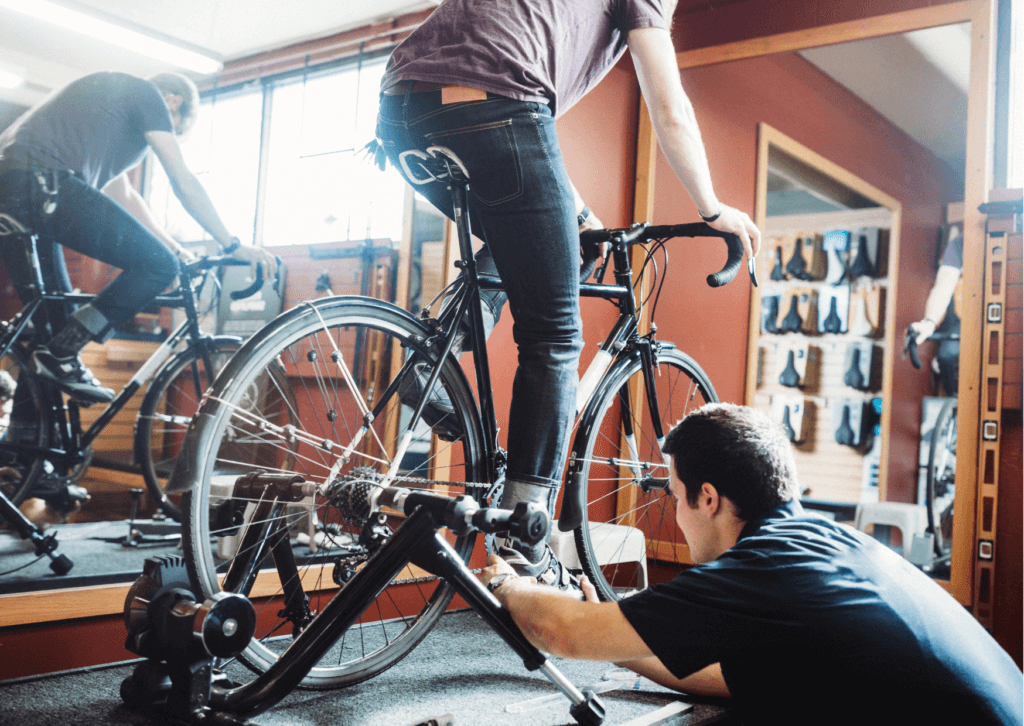
In addition to training and nutrition, optimizing your bike and equipment can make a significant difference in preventing bonking. Ensuring your bike fits you properly is crucial for long rides.
A poor bike fit can lead to discomfort, excessive fatigue, and energy waste. Consult a professional bike fitter or follow online guides to ensure your bike is adjusted to your body’s dimensions and riding style.
Small adjustments, such as saddle height, handlebar reach, and cleat positioning, can greatly enhance your comfort and performance. Proper bike fit ensures that your body is aligned optimally, reducing the risk of muscle imbalances and excessive strain on specific areas.
When embarking on long rides, it’s essential to carry the necessary equipment to handle any mechanical issues that may arise. Pack ample nutrition, spare tubes, a tire pump or CO2 inflator, tire levers, and basic tools for minor repairs. Being prepared can save you from unexpected situations that may drain your energy or leave you stranded far from help.
Consider optimizing your gear ratios and tire pressures. Lower gear ratios make it easier to pedal uphill, reducing the strain on your muscles and minimizing energy expenditure.
Experiment with different tire pressures to find the sweet spot that balances rolling resistance and comfort. Properly inflated tires can enhance efficiency and reduce fatigue, particularly on longer rides. Additionally, ensure that your bike is well-maintained, with regular servicing and checks for worn-out components.
Mental Strategies: Staying Focused and Motivated
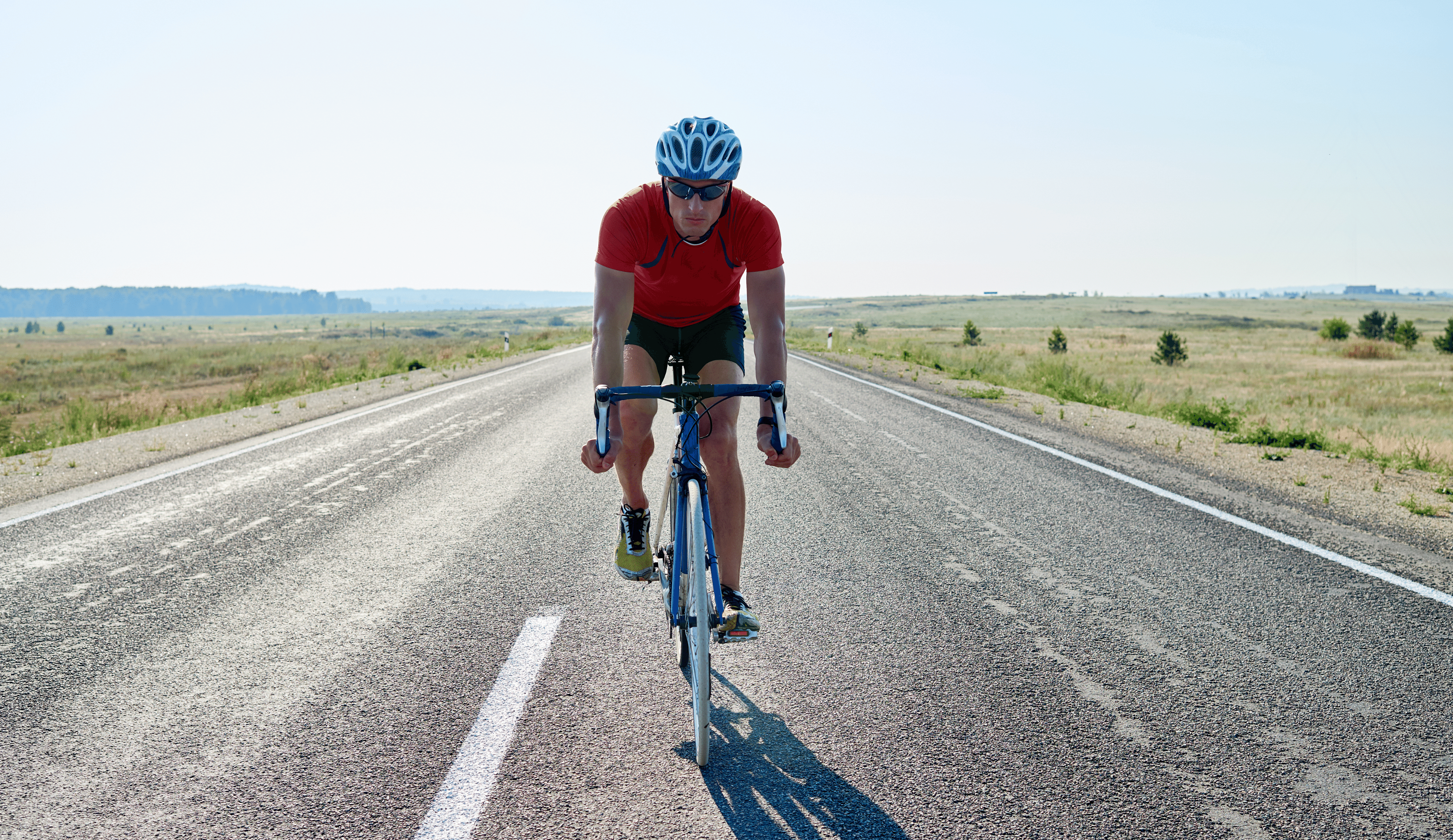
Endurance rides can be mentally demanding, especially during challenging moments or prolonged periods of solitude. Staying mentally engaged and motivated is essential to avoid bonking.
Set goals for your ride, whether they are distance-based or focused on specific landmarks along the route. Breaking the ride into smaller, manageable segments can make the journey feel more achievable and prevent mental fatigue from setting in. Celebrate milestones along the way to maintain a sense of accomplishment and progress.
Positive self-talk is a powerful tool to maintain a confident mindset. Encourage yourself with affirmations, reminding yourself of your training, preparation, and resilience. When facing difficult sections or fatigue, remind yourself of your capabilities and visualize successful outcomes. Focus on your strengths and the enjoyment of the journey rather than dwelling on negative thoughts.
Distracting yourself during the ride can also help alleviate mental fatigue. Focus on the present moment by admiring the scenery, enjoying the sounds of nature, or engaging in conversations with fellow riders.
Alternatively, mental exercises such as counting pedal strokes or repeating motivating mantras can divert your attention and keep your mind sharp. Engaging in music or podcasts can also provide a mental boost, creating a positive and engaging atmosphere during your ride.
Enjoy Endurance Rides with Unwavering Energy
Long rides present thrilling opportunities for adventure, personal growth, and pushing your limits. By incorporating these essential tips into your training and preparation, you can avoid bonking and maintain unwavering energy throughout your journeys.
Train smart, fuel your body with proper nutrition, pace yourself strategically, optimize your equipment, and nurture your mental resilience. Embrace the challenges, savor the accomplishments, and enjoy the rewards that endurance cycling brings.
FAQ About Bonking
Can bonking be prevented entirely?
While it’s challenging to completely eliminate the risk of bonking, implementing proper training, nutrition, and pacing strategies can significantly reduce the likelihood of experiencing it. Every cyclist is different, so it’s essential to find what works best for your body through experimentation and experience.
How can I determine the right nutrition strategy for my long rides?
Finding the optimal nutrition strategy is a process of trial and error. Pay attention to how different foods and hydration levels affect your energy levels and adjust your nutrition plan accordingly. Consulting with a sports nutritionist can also provide valuable insights personalized to your needs and goals.
Is bonking the same for everyone?
The experience of bonking can vary from person to person due to individual physiology, fitness levels, and nutrition strategies. Factors such as age, gender, and overall health can also play a role. It’s essential to listen to your body, understand its unique needs, and adapt your approach accordingly.
Are there any supplements or energy products that can help prevent bonking during long rides?
While there are various sports supplements and energy products available on the market, it’s important to remember that they should complement a well-rounded nutrition plan rather than replace it. Energy gels, sports drinks, and electrolyte supplements can be useful during long rides to provide quick and easily digestible sources of carbohydrates and replenish electrolytes lost through sweat.
However, it’s crucial to experiment with these products during training rides to ensure they work well for your body and don’t cause any digestive issues. Always prioritize whole foods as the foundation of your nutrition plan and use supplements as needed and in moderation.
Can I prevent bonking by consuming caffeine or energy drinks?
While caffeine and energy drinks can provide a temporary boost in alertness and perceived energy, they should be used with caution during long rides. Caffeine can act as a diuretic, increasing urine production and potentially leading to dehydration if not balanced with adequate hydration.
Moreover, relying solely on caffeine as an energy source may mask the signs of fatigue and prevent you from adequately fueling your body with the necessary carbohydrates and nutrients. It’s best to incorporate caffeine or energy drinks in moderation and still prioritize a balanced nutrition plan to avoid bonking.
How does heat and humidity affect the risk of bonking during rides?
Cycling in hot and humid conditions can increase the risk of bonking due to the additional stress it places on your body. In high temperatures, your body sweats more to cool down, leading to increased fluid and electrolyte losses. It’s crucial to adjust your nutrition and hydration plan accordingly.
Prioritize proper hydration by drinking water and electrolyte-rich fluids before, during, and after your ride. Consider adding extra electrolyte supplements or consuming foods with higher salt content to replace what is lost through sweat. Additionally, be mindful of the signs of heat exhaustion or heat stroke, such as dizziness, nausea, or disorientation, and take appropriate measures to stay safe and avoid overheating.
